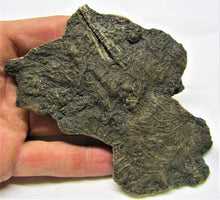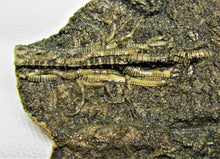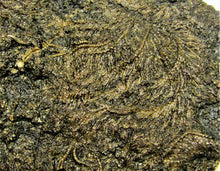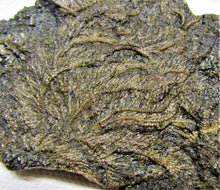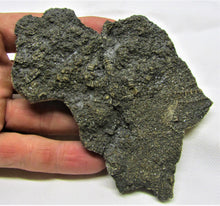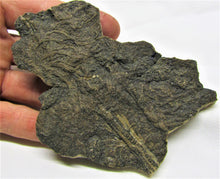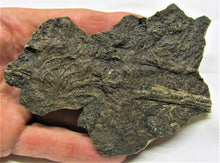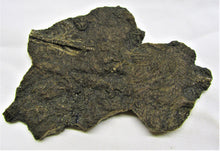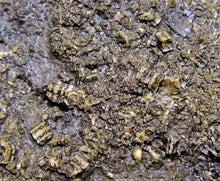
A stunning example of a crinoid fossil of the species Pentacrinites fossilis from the world-famous Jurassic Coast beach of Charmouth, Dorset UK.
The fossil measures 116 mm (4.55 inches) across. The fossil consists of multiple stem sections with detailed attachment cirri and a partial head with flowing arms and pinnules seemingly frozen in time. The level of detail on this example is exceptional, right down to the micro level. The reverse of the piece is covered in stem ossicles that show off the classic five-pointed star-shaped cross section that gives this genus its name. It is preserved in calcite with no pyrite and was found in multiple pieces that have been repaired back together, as is standard for these fossils due to the way they erode in cliff falls on the Jurassic Coast. It has been coated in a thin reversible (soluble) lacquer for protection. This is a very fine example of this fossil type.
Around 196 million years old, this fossil would make a wonderful addition to any collection.
Crinoids are echinoderms closely related to starfish and sea urchins, and have been around for many hundreds of millions of years. They still live today in the deep seas around the world.











